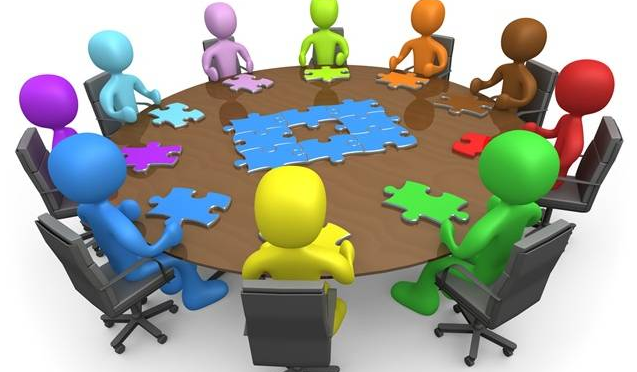
Dreams are funny things. What purpose they serve, is debatable and speculative.
A recent dream of mine, so rich in details, that it remained fresh in my mind for some time after awakening. That’s rarely the case for me. I’m sure I dream frequently but usually don’t recall them once I’m awake. This dream was different… and it went something like this…
A group of us were gathered in a large room, awaiting others for a planned meeting. I walked around the perimeter of the room, talking with a co-worker. The time came and the boss walked into the room. She began to give us a quick, rehearsed speech, thanking everyone for a job well done. As she talked, she walked around the room handing out summations of each recipient’s work, with a detailed analysis of their strengths and weaknesses. In turn, I received my handout. It was a two page report. The top page consisted of a written summary, broken down into sub categories. The second page was a circular chart that plotted my strengths and weaknesses, as noted on the first. A quick glance at the circular chart had me pegged at the most extreme top right of the chart. Reading the first page, the summarized narrative went on to explain that ‘despite Patrick’s recent kerfuffle stating that the state has no need of…’. I had the impression that I was being admonished for not embracing the idea of socialism… which was odd because the dream was work related. Why was my political stance included in something that had to do with my employment? I didn’t get that concept. But I did get a distinct feeling, looking at the circular chart, that I was somehow (symbolically at least) on the autism spectrum. Like I said before, I was pegged at the extreme range of the chart, and couldn’t go any farther. I assume that the goal was to be as close to the center as possible. I was nowhere close. It was at this point that I awoke.
What does it mean? I don’t know. I firmly believe there’s some link between dreams and waking reality. I think dreams are a way to sort out ideas and problems while we sleep. A way to examine outcomes to problems, scenarios, etc., without suffering real world consequences. And maybe, they’re a way to give us insights into ourselves?
The circular chart bothered me. It seemed that the chart was somehow important in the dream. I remember that I kept flipping back to that page and looking at it, trying to grasp its meaning.


